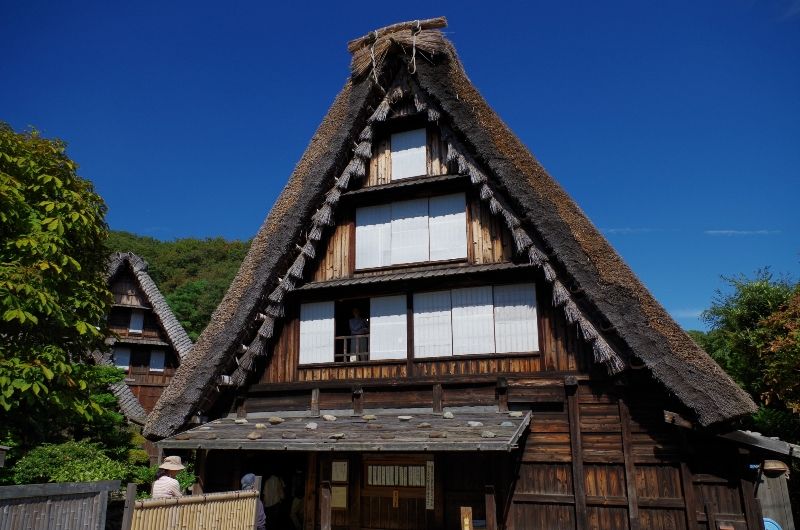Traditional Japanese House Roof

Minka are vernacular houses constructed in any one of several traditional japanese building styles.
Traditional japanese house roof. They consist of a stone lined square pit built into the center of a floor. The roof tiles commonly seen nowadays on traditional style homes in japan became common during the latter part of the eighteenth century. Tatami date back to the heian period 794 1185 ce and both the thickness and the pattern of the weaving of tatami mats was an indicator of status in medieval japan. Other traditional roofing materials include timber shingles called kokera buki and hiwada buki shingles made from cypress bark.
An irori is a traditional japanese sunken hearth that is used both to cook food and heat a room. The four fundamental forms of japanese roof design. Minka the traditional farmhouses of japan represent a wonderful but fast disappearing japanese architectural style they are generally constructed of heavy and often uneven timbers bamboos thatched roof and mud walls in spite of their charm minka are often dark and cold lack modern conveniences and are very expensive to re thatch and maintain. In the old days the walls of houses were made of woven bamboo plastered with earth on both sides.
Taruki 垂木 rafters. Minka are characterized by their basic structure their roof structure and their roof shape. The roof is the dominant feature of traditional japanese architecture. Minka developed through history w.
The wooden floor of a traditional japanese house is covered with rectangular tatami mats which are made from straw but with a top layer of woven grass. A decorative adjustable hook called a jizaikagi hangs from the ceiling above the pit can be used to suspend a pot over the fire. This connotation no longer exists in the modern japanese language and any traditional japanese style residence of appropriate age could be referred to as minka. The roof is the most visually impressive component often constituting half the size of the whole edifice.
One characteristic of japanese houses is that they have a large roof and deep eaves to protect the house from the hot summer sun and the frame of the house supports the weight of the roof. Japanese home design japanese tea house traditional japanese house japanese interior asian architecture architecture details pavilion architecture sustainable architecture residential architecture.














































